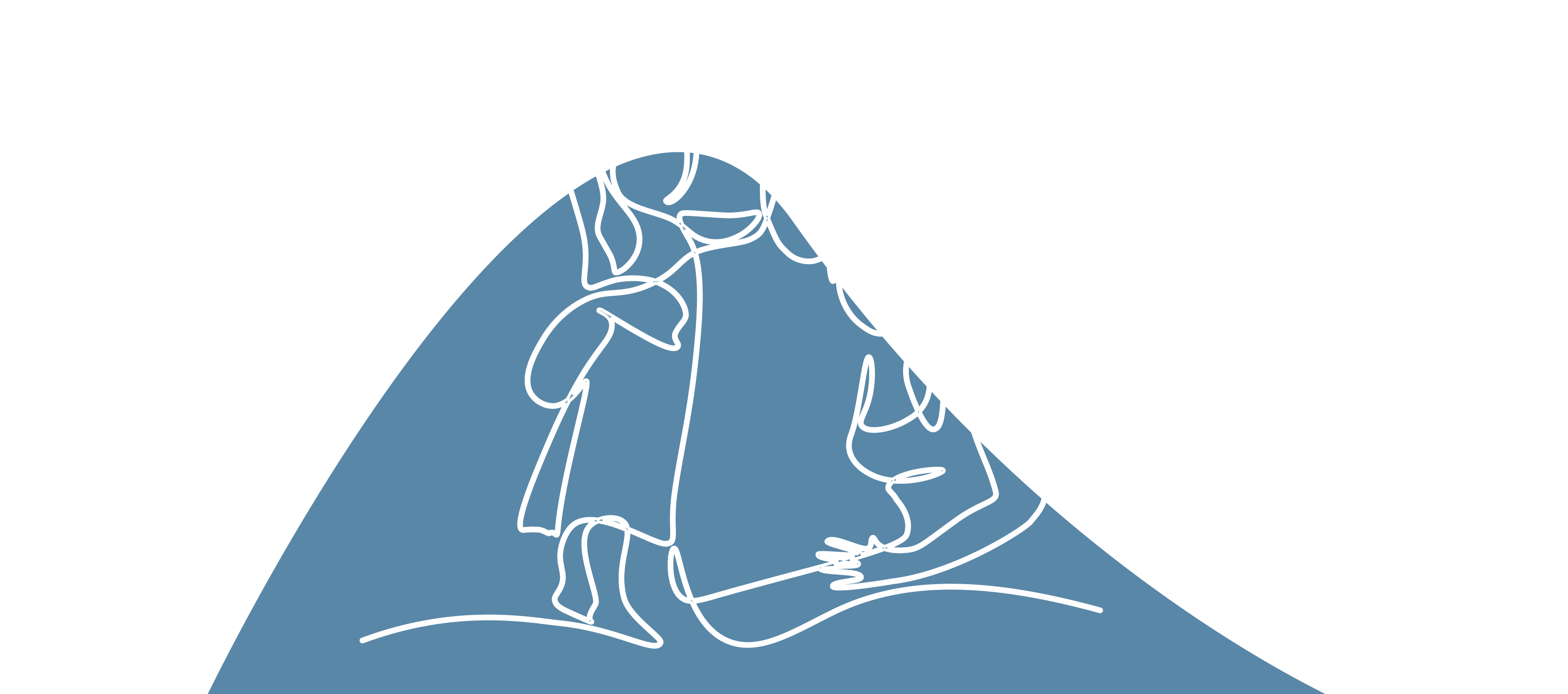- Home
- Child Safe Organisations
- Child Safe Standards
- ...
- Standard 7
Queensland's new child safeguarding law introducing Child Safe Standards commenced from 1 October 2025. Find out when you need to comply.
Staff and volunteers of the entity are equipped with the knowledge, skills, and awareness to keep children safe through ongoing education and training.
Staff and volunteers are the backbone of child safe organisations.
It’s important that staff and volunteers are not only screened and qualified/trained, but also receive ongoing education, training, mentoring to build the knowledge, skills and awareness required to proactively safeguard children in all interactions. Training should be tailored to specific roles and equip your staff and volunteers to identify risks or harm, respond appropriately, and create environments where children feel safe and supported.
Actions you can take to apply this Standard in your organisation
- train and support staff and volunteers to effectively implement your Child Safety and Wellbeing Policy
- provide training and information for staff and volunteers on how to build safe environments for children
- provide training and information for staff and volunteers to respond effectively to issues of children’s safety and wellbeing and support colleagues who disclose harm
- provide training and information for staff and volunteers on how to build inclusive and culturally safe environments for children
- develop a training schedule that includes induction, role-specific modules, and regular refresher courses to keep staff informed about changes in legislation and best-practice standards, and to keep knowledge and skills current
- maintain a system to monitor training completion and compliance across the organisation.
What if you’re a sole trader, small business or volunteer community group?
- make sure you, your staff and volunteers have the knowledge, skills and awareness to keep children safe
- document the skills you, your staff and volunteers have and connect them with training to fill gaps
- commit to ongoing education and training to continue building skills across your business. Visit our Training hub for options.
How does cultural safety look?
- train your staff and volunteers to understand the impacts of discrimination and how to address it
- make sure your staff and volunteers understand how to provide an environment that promotes and upholds the right to cultural safety of Aboriginal and Torres Strait Islander children and families
- ask your staff about their needs to build their knowledge and understanding of cultural safety and about Aboriginal and Torres Strait Islander cultures and connect them with the training they need.
Successful implementation looks like a business or organisation where:
- all staff and volunteers have completed induction and ongoing training specific to children’s safety and wellbeing
- training records show high participation rates and regular refreshers
- staff and volunteers report feeling confident and supported in their roles related to children’s safety and wellbeing
- the organisation has a process to evaluate and improve the effectiveness of training programs based on feedback and outcomes.
Further guidance
In addition to the information above, please find below some more specific resources that may be helpful for you to meet this standard. This is not an exhaustive list of the resources that are available but is a useful starting point.
There are some practices and activities that many organisations are already doing that will meet this standard. Some of these will be relevant across several standards. For example the development of a Child and Youth Wellbeing Policy could cover several requirements.
- NAPCAN offer training about protective behaviours: Protective Behaviours Training - NAPCAN
- The Victorian Children’s Commission provides an overview of the types of actions and documents an organisation would have in place to achieve this standard.
- CFCA Webinar - Responding to disclosures of abuse and neglect provides an overview of recent research on how to support and respond to children's disclosures of abuse and neglect.
- Australian Institute of Family Studies - Practice Guide provides guidance on responding to children and young people's disclosures of abuse.
- Emerging Minds has resources to assist people to respond to disclosures of sexual abuse.
- The Child development and trauma guide from Western Australia is a helpful resource to be trauma-informed when working with children.
- The Victorian CCYP has developed resources including a sample learning or training action plan.
- The NSW Office of the Children’s Guardian Secretariat has created a video outlining Standard 7. (While NSW and Queensland’s Standards have some differences, there are applicable messages).
Visit our Resources webpage for more information.
Last updated
1 October 2025


